Yes, I know . . . the photo says Clementine and I titled it Tangerine. You could use either, depending on the citrus season. It could even be orange for that matter. Sounds more elegant to say it’s clementine, though, doesn’t it? Whatever citrus you DO use, it’s a really nice cake from Israel.
And isn’t that honeycomb Bundt cake shape just the cutest thing? My friend Dianne made this for our Israeli dinner we had a couple of weeks ago, and a friend of hers, who is Jewish, loaned her the pan. These 2 gals work at Sur la Table, and Dianne loves to bake. Dianne thought the pan was available at the store, but it isn’t on their website. In the event you want one of these, here’s the Amazon link for the Nordicware Jubilee Bundt Pan.
The recipe, is another one from Jerusalem: A Cookbook by Ottolenghi & Tamimi. In deciding on the menu, this dessert, of the many in the cookbook, sounded the most interesting to me. Since I know Dianne loves to bake and some of the other recipes were really complex (even more than I’d want to do), I chose this one.
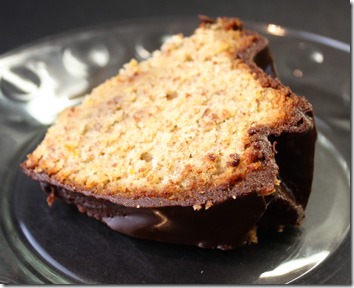 The only thing unusual about the cake is the use of almond meal. I spent some time looking at lots of other bloggers who have posted this recipe already, and some did it the way the recipe indicated – grinding up almonds to get finely minced almonds. Dianne used almond meal (you can buy it at some markets – Trader Joe’s carries it at a more reasonable price). I think (and I can’t guarantee it, but it’s my humble opinion) that people who ground up nuts ended up with a heavier cake. I suspect this is because whatever machine type you use to grind the nuts (blender, food processor, coffee grinder) could vary – if you stopped it 3 seconds before the next person did it, you’d end up with different textures in the finished cake. I think the Trader Joe’s almond meal is a lighter – and less dense meal.
The only thing unusual about the cake is the use of almond meal. I spent some time looking at lots of other bloggers who have posted this recipe already, and some did it the way the recipe indicated – grinding up almonds to get finely minced almonds. Dianne used almond meal (you can buy it at some markets – Trader Joe’s carries it at a more reasonable price). I think (and I can’t guarantee it, but it’s my humble opinion) that people who ground up nuts ended up with a heavier cake. I suspect this is because whatever machine type you use to grind the nuts (blender, food processor, coffee grinder) could vary – if you stopped it 3 seconds before the next person did it, you’d end up with different textures in the finished cake. I think the Trader Joe’s almond meal is a lighter – and less dense meal.
Now some stores have a completely white almond meal (no skins used) and perhaps that would be the best, but it shouldn’t make any difference, really. Almond meal is done in some process that gets it to a dry meal – not a wet and moist mixture, which would make a difference in the end texture. So, just keep all that in mind. The way to counteract all this is to use weight rather than volume. The recipe calls for 280 grams of ground almonds. So if you used whole almonds, it might be less than 2 1/2 cups. And that would make a difference for sure. And the flour – 100 grams are called for.
Anyway, the cake is a cake – eggs, butter, flour, salt and the ground almonds. The original was baked in a 9 1/2 inch springform pan. Do not use an 8-inch or a 10-inch. Use a 9 or a 9 1/2 incher. Several bloggers said that the size variation made a big difference. Dianne used the Bundt cake pan. Whatever you do, measure the internal temp of the cake – and remove it when it reaches 200°F. The recipe says when a toothpick inserted in the center comes out clean. As we learn more about the chemistry of cakes, it’s pretty reliable to do the internal temp method.
As soon as the cake is removed from the oven, you’ll need the syrup to be ready. Pour it all over. If you want, use a wooden pick or toothpick to help get the syrup to ooze further down into the cake. That info wasn’t in the original recipe, but I’ve included it below because we noticed the syrup stayed mostly at the surface and you want it disbursed as much as possible. Allow the cake to cool (if using the Bundt, remove the cake after about 20 minutes) and frost when it’s reached room temp.
What’s GOOD: The texture – it’s a heavier cake – don’t expect lightness here. But it’s far from being a brick, either! Enjoyed the flavor. Also liked that it wasn’t too sweet. The chocolate just melts in your mouth. All good.
What’s NOT: really nothing other than making or finding almond meal.
printer-friendly CutePDF
MasterCook 5+ file and MasterCook 14 file
* Exported from MasterCook *
Clementine & Almond Syrup Cake with Chocolate Icing
Recipe By: Jerusalem: A Cookbook, by Ottolenghi & Tamimi
Serving Size: 10
3/4 cup unsalted butter — + 2 T.
1 1/2 cups sugar — scant
4 clementines — zest and juice (separate) or tangerines, or oranges
1 lemon — zest and juice (separate)
2 1/2 cups ground almonds — or almond meal [280 grams)
5 large eggs
3/4 cup all-purpose flour — + 1 T. sifted (100 grams)
1 pinch salt
Long strips of orange zest for garnish (optional)
OPTIONAL: sweetened whipped cream
SYRUP:
3/8 cup granulated sugar
Juice from the 4 clementines (you want exactly 1/2 cup total juice, this and the lemon juice)
Juice from 1 lemon
FROSTING:
6 tablespoons butter — diced
5 ounces dark chocolate — broken up
2 1/2 teaspoons honey
1 1/2 teaspoon Cognac
Note: if using ground almonds, grind them to a fine powder, but if you keep going you’ll end up with almond butter.
1. Preheat the oven to 350°F. Lightly grease a 9-1/2 inch springform pan with butter and line the sides and bottom with parchment paper. (Can also be made in a Bundt pan – may need different baking time – check internal temp.)
2. Place the butter, 1-1/2 cups of the sugar, and both zests in a stand mixer fitted with the beater attachment and beat on low speed to combine everything well. Do not work the mixture too much or incorporate too much air. Add half the ground almonds and continue mixing until combined.
3. With the machine running, gradually add the eggs, stopping to scrape the bottom and sides of the bowl a couple of times as you go. Add the remaining ground almonds, the flour, and the salt and beat until completely smooth.
4. Pour the cake batter into the pan and level it with an offset spatula.
5. Bake the cake for 50 to 55 minutes. (Cakes like this should reach 200° internal temp.) Check to see if it is ready by inserting a skewer into the center. It should come out a little bit moist.
6. When the cake is almost done, make the syrup. Combine the sugar and the citrus juices in a small saucepan and bring to a boil (the juices should total about 1/2 cup; remove some juice if needed). When the syrup boils, remove it from the heat.
7. As soon as the cake comes out of the oven, brush it with the boiling syrup, making sure all the syrup soaks in. (You can use a wooden pick so the syrup seeps further down into the cake.) Leave the cake to cool down completely in the pan before you remove it. You can then serve it as it is, garnished with orange zest strips, or store it for up to 3 days in an airtight container.
8. If you wish to ice the cake, we recommend doing it on the day you want to serve it so the icing is fresh and shiny. Put the butter, chocolate, and honey in a heatproof bowl and place over a saucepan of simmering water (make sure the bowl does not touch the water). Stir until everything is melted, then immediately remove from the heat and fold in the Cognac. Pour the icing over the cooled cake, allowing it to dribble naturally down the sides without covering the cake completely. Let the icing set and then garnish the cake with the orange zest strips. Serve with sweetened whipped cream, if desired. (My opinion? It needs the whipped cream to temper the texture.)
Per Serving: 683 Calories; 44g Fat (55.2% calories from fat); 14g Protein; 66g Carbohydrate; 4g Dietary Fiber; 162mg Cholesterol; 127mg Sodium.





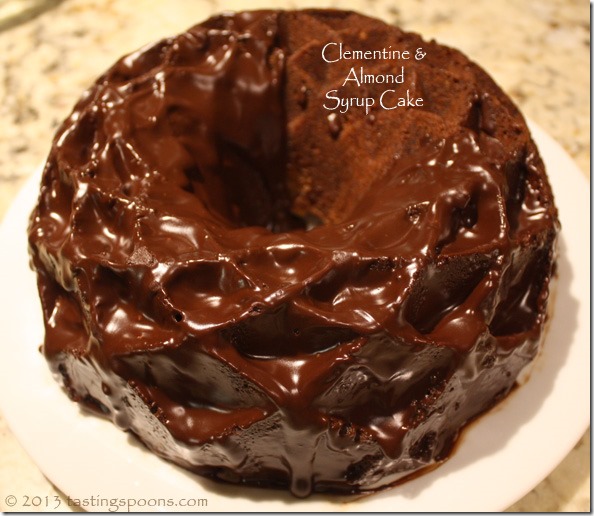

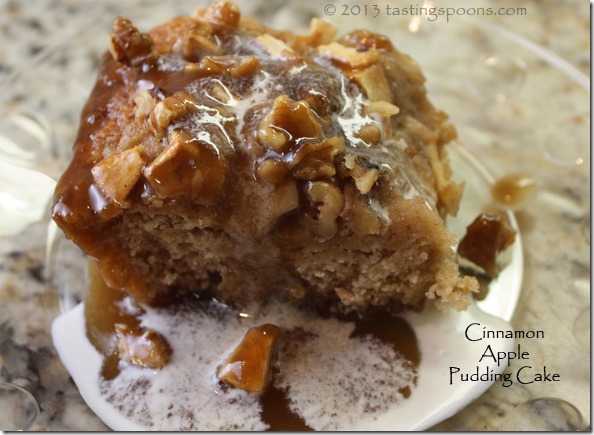
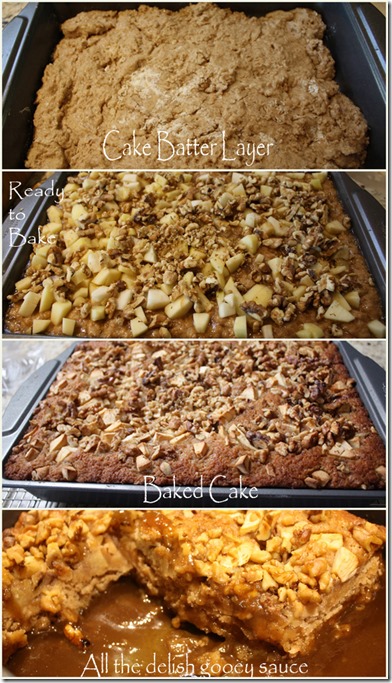
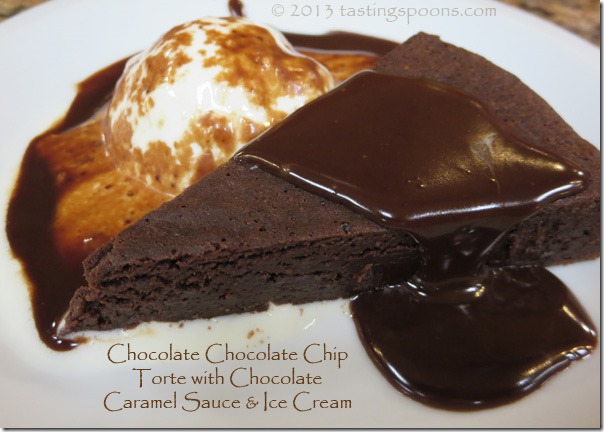
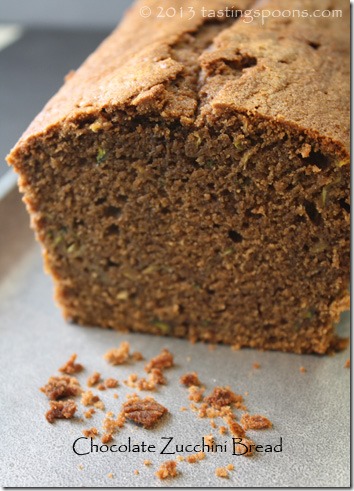
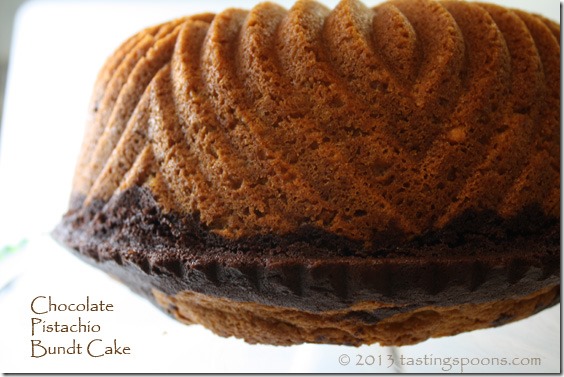
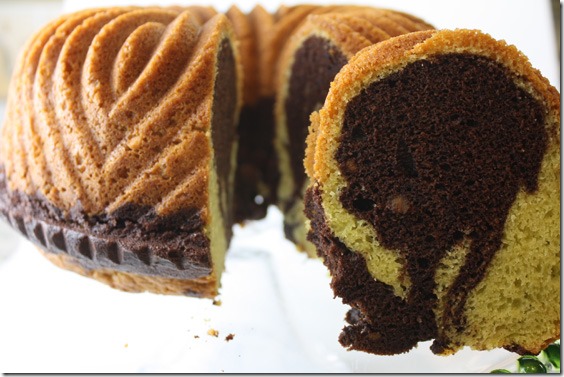
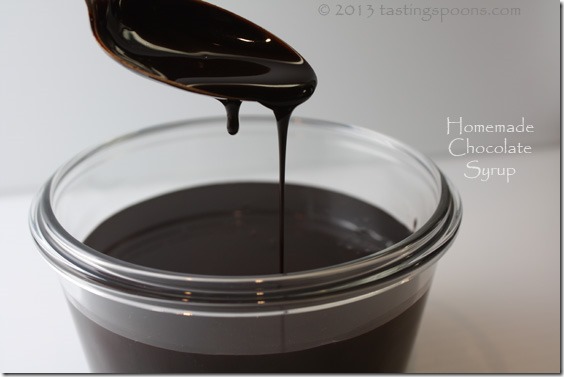
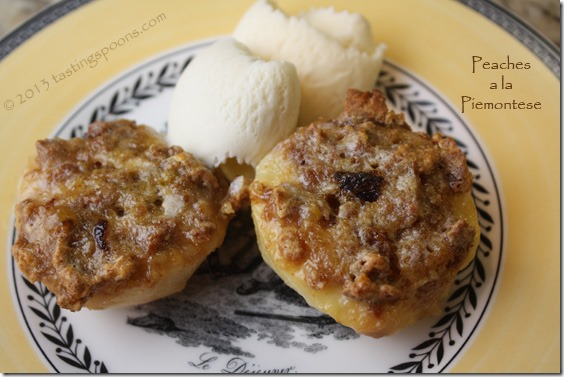
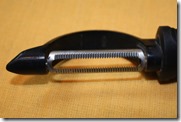
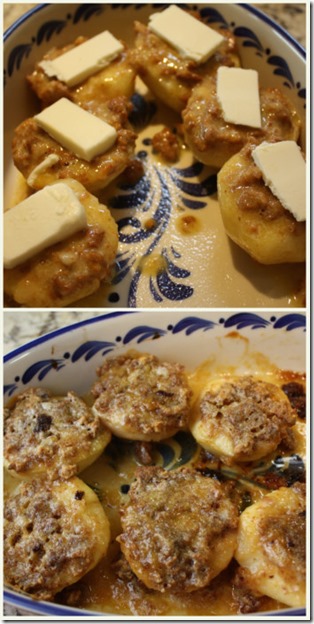
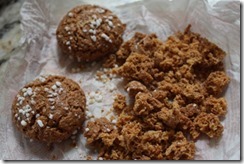
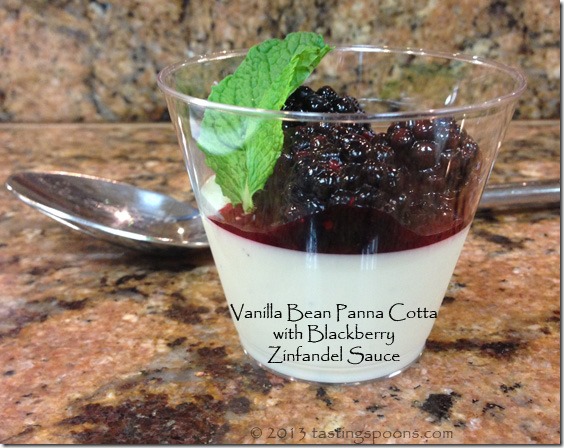
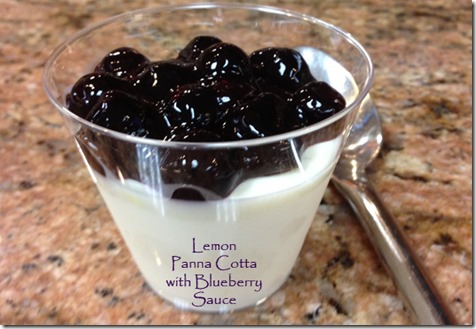
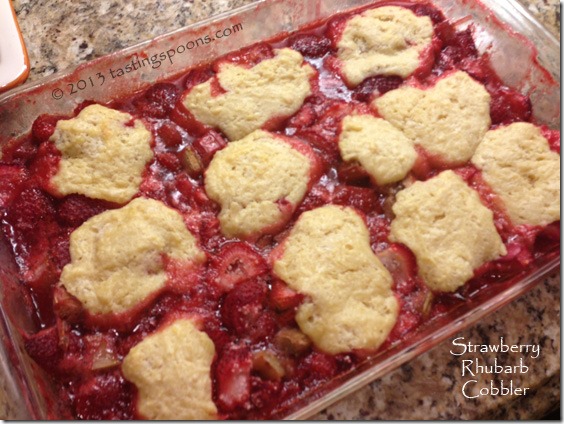
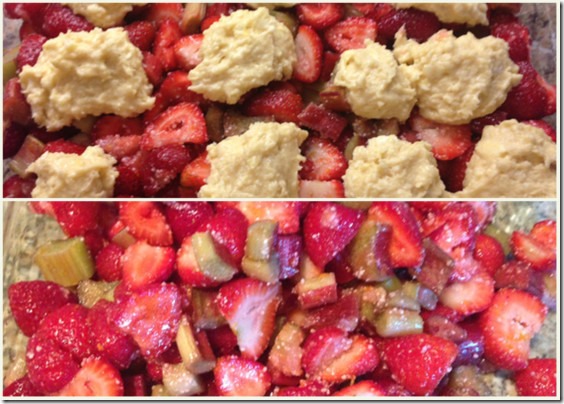
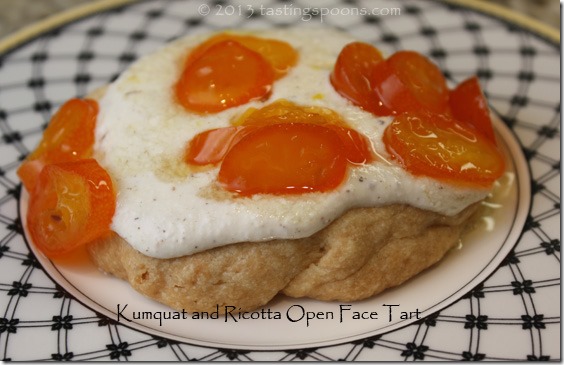
Leave a Comment!